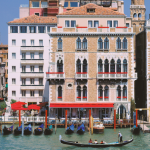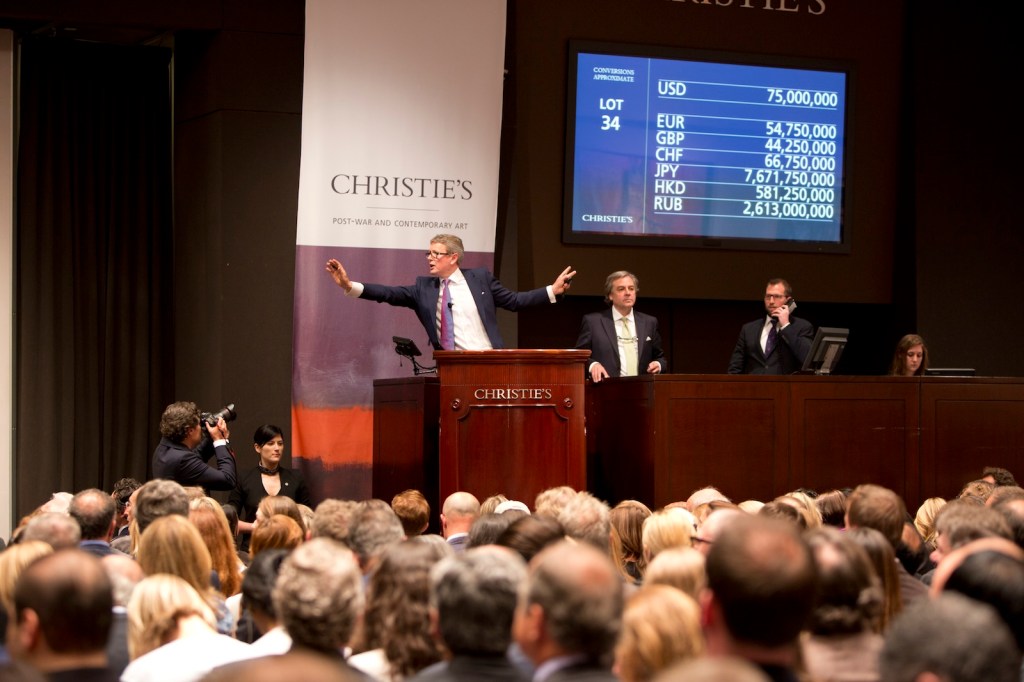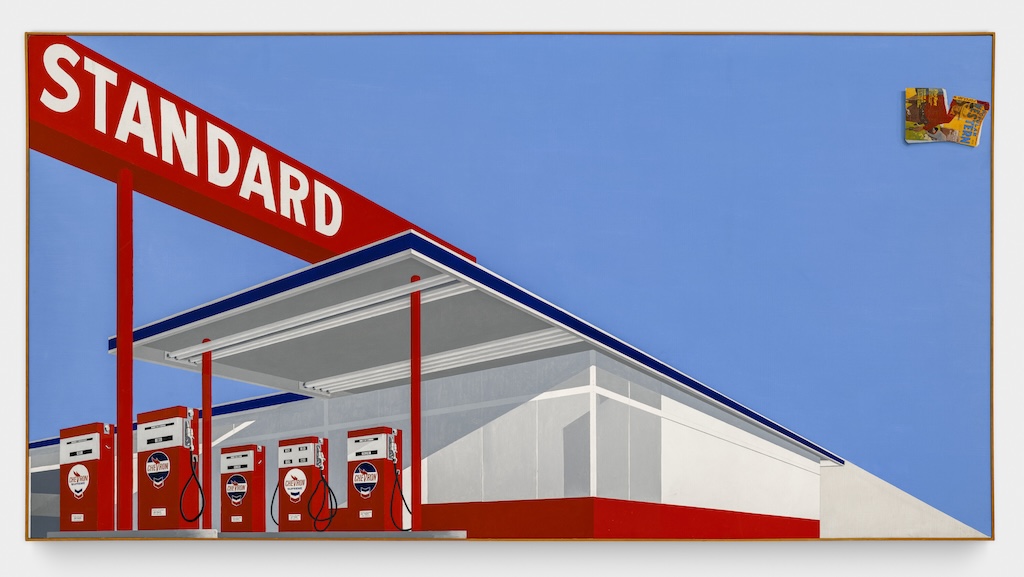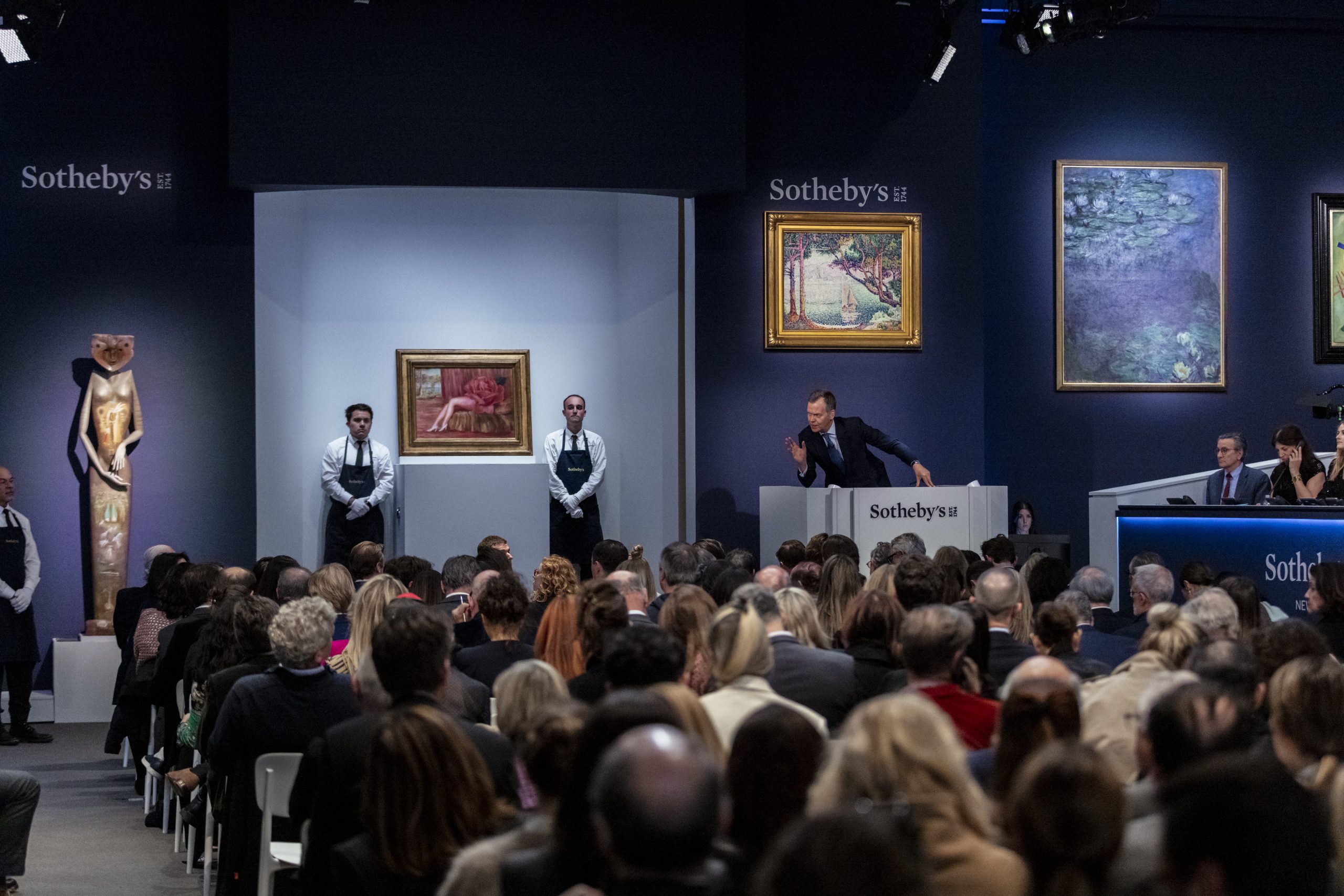A new report by veteran art market analysts Michael Moses and Jianping Mei of JP Mei & MA Moses Art Market Consultancy, argues that the 2024 spring auction season was “the worst overall financial performance” for the art market this century.
The report, titled “How Bad Was the Spring 2024 Auction Season? Financially as Bad as It Gets,” analyzed around 50,000 repeat sales of artworks at Christie’s, Sotheby’s, and Phillips over the last 24 years. Only works first purchased at any worldwide auction from 1970 were included.
“It’s a very simple methodology,” Moses told ARTnews. “We believe the only way to study the art market is through repeat sales, so we can get a factual analysis of what the returns in the art market are. So, we’re not just looking at revenue, we’re looking at return.”
Now retired, Moses was previously a professor at New York University’s Stern School of Business and Mei is a professor at Beijing’s Cheung Kong Graduate School of Business.
A cursory glance at auction results over the last two years is enough to realize they have been middling at best, but JP Mei & MA Moses Art Market Consultancy—which sold its fine art indices to Sotheby’s in 2016—quantified the decline. The report used each repeat sale to compute the compound annual return (CAR) of the fluctuation in price over time between purchase and sale.
According to the report, the mean return for repeat sale pairs of artworks this spring was almost zero, the lowest since 2000. To put this into perspective, as the report explains, the previous low of 0.02 percent was recorded during the 2009 financial crisis. The highest mean return was in 2007, of 0.13 percent.
“The mean return for the pairs sold this spring was almost zero, 0.1 percent, which was the lowest level this century,” the report states.
Moses said he doesn’t believe the poor spring auction results are down to auction houses mispricing artworks. Instead, he said too many works might be coming to market. “If you look historically, the amount of art coming to market has grown dramatically, and the average price has grown dramatically, and so it may be that the auction houses are, in some sense, pricing themselves out of the market,” he said.
As the art market readjust—or “corrects,” as the current buzzword goes—Moses said investors are being drawn to other as assets that produce higher returns. “Why would people not jump on the speeding train of the S&P 500, given the returns it has produced over the last four or five years? But there is a confluence of reasons. As a result, auction houses changing their strategies makes sense—the environment is changing. If there is the same demand there used to be, you have to cut supply.”
JP Mei & MA Moses Art Market Consultancy’s report also examined semi-annual sell-through rates (the percentage of lots sold at auction). It revealed that a third of artworks didn’t sell in 2024 compared to 24 percent last year, marking the highest level since 2006.
Is Moses surprised by his findings?
“I didn’t expect it to be as bad as it turned out to be,” he told ARTnews. “I know the art market hasn’t been doing very well, but until we looked at it relative to how it was doing in 2000, I was like ‘Gee, this is really bad!’”








